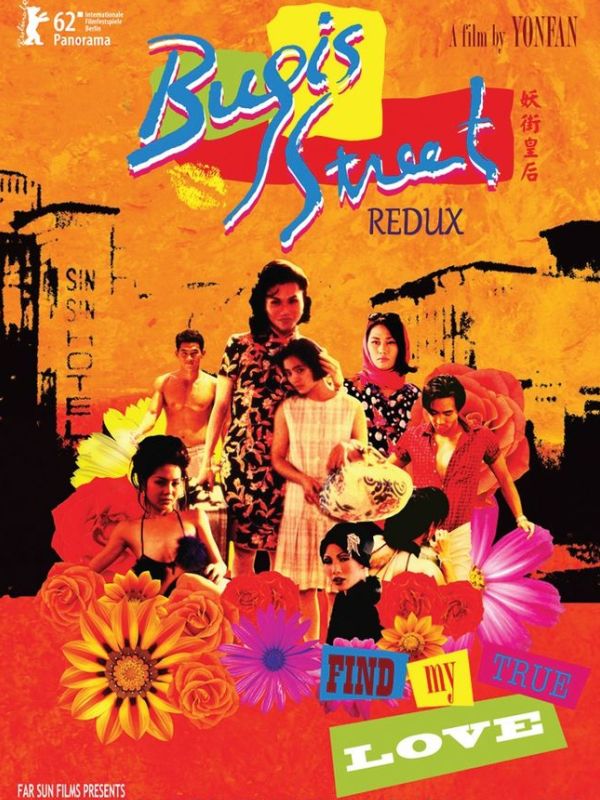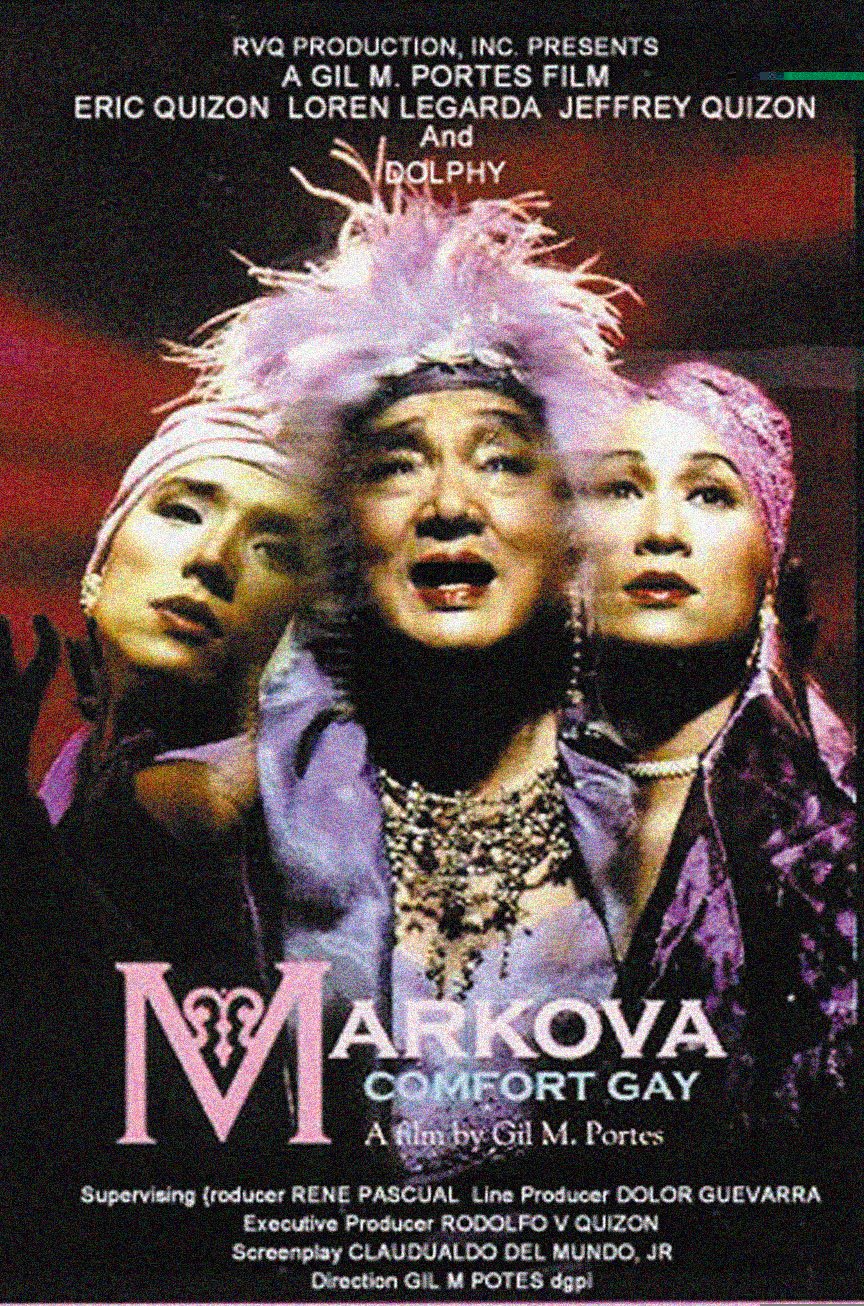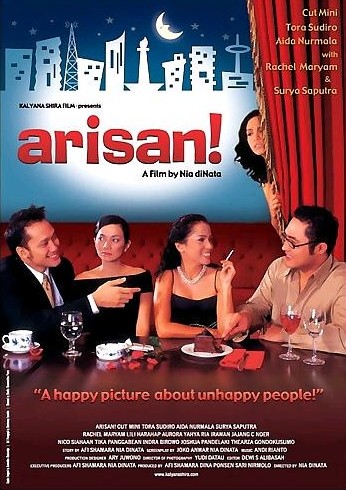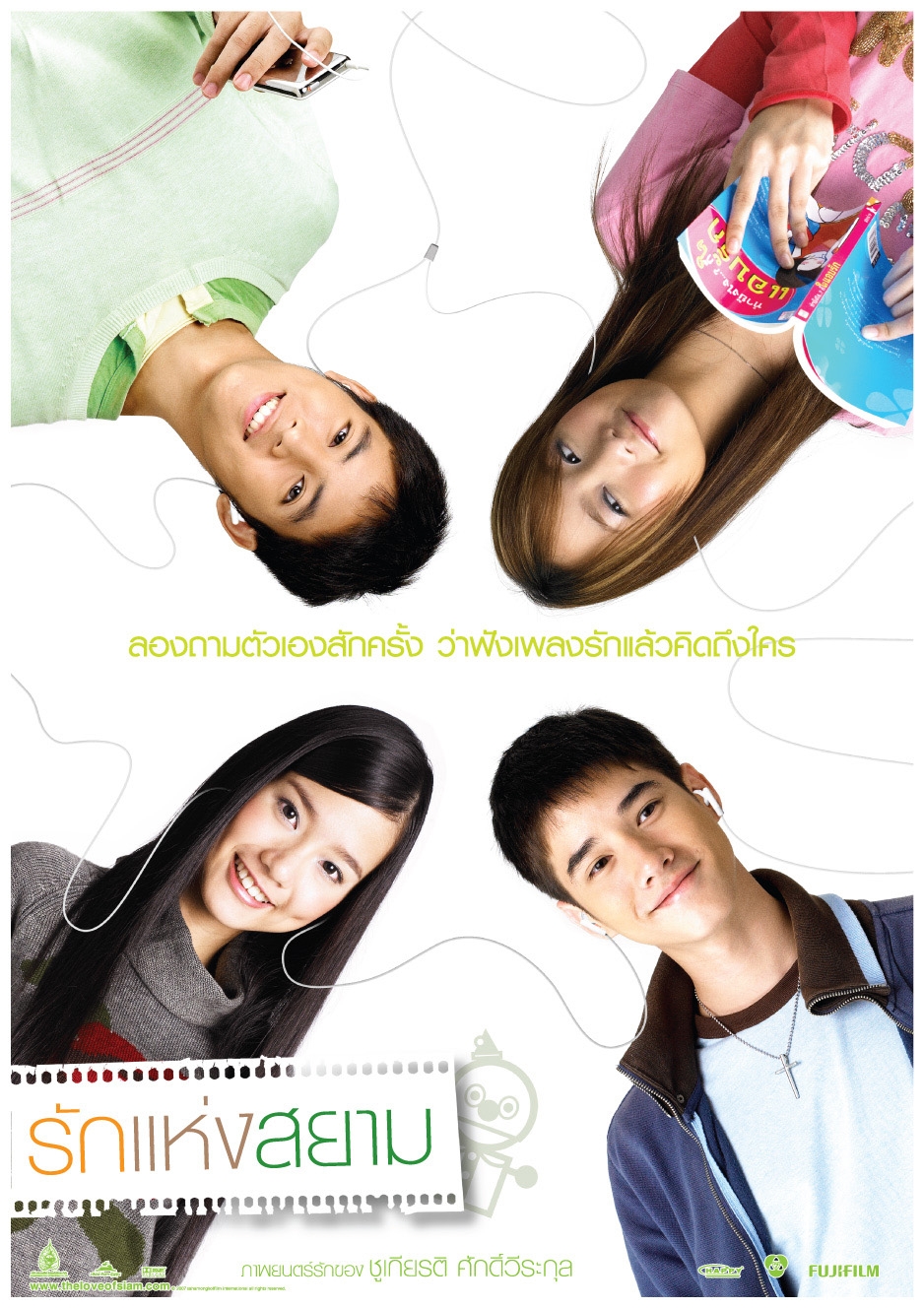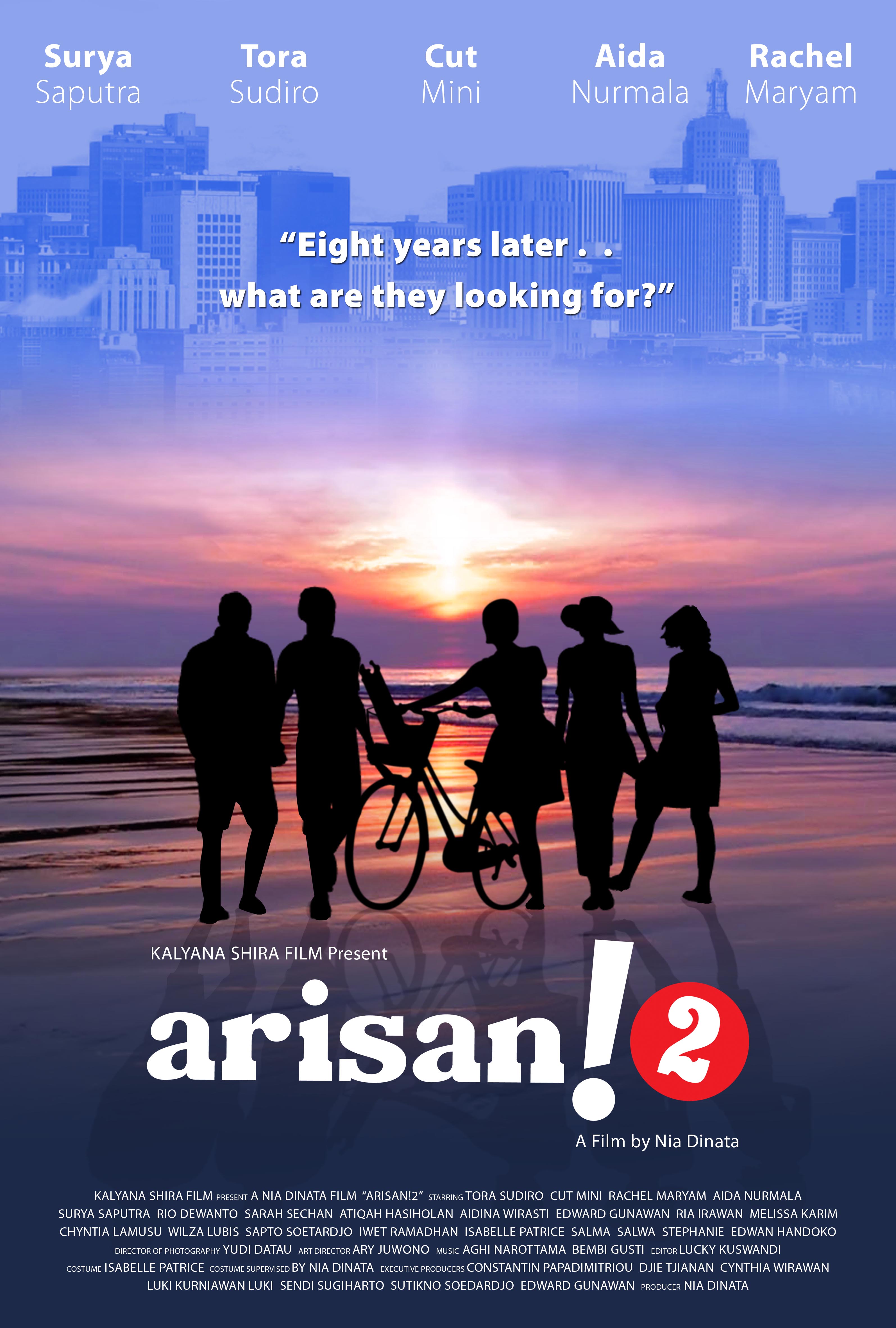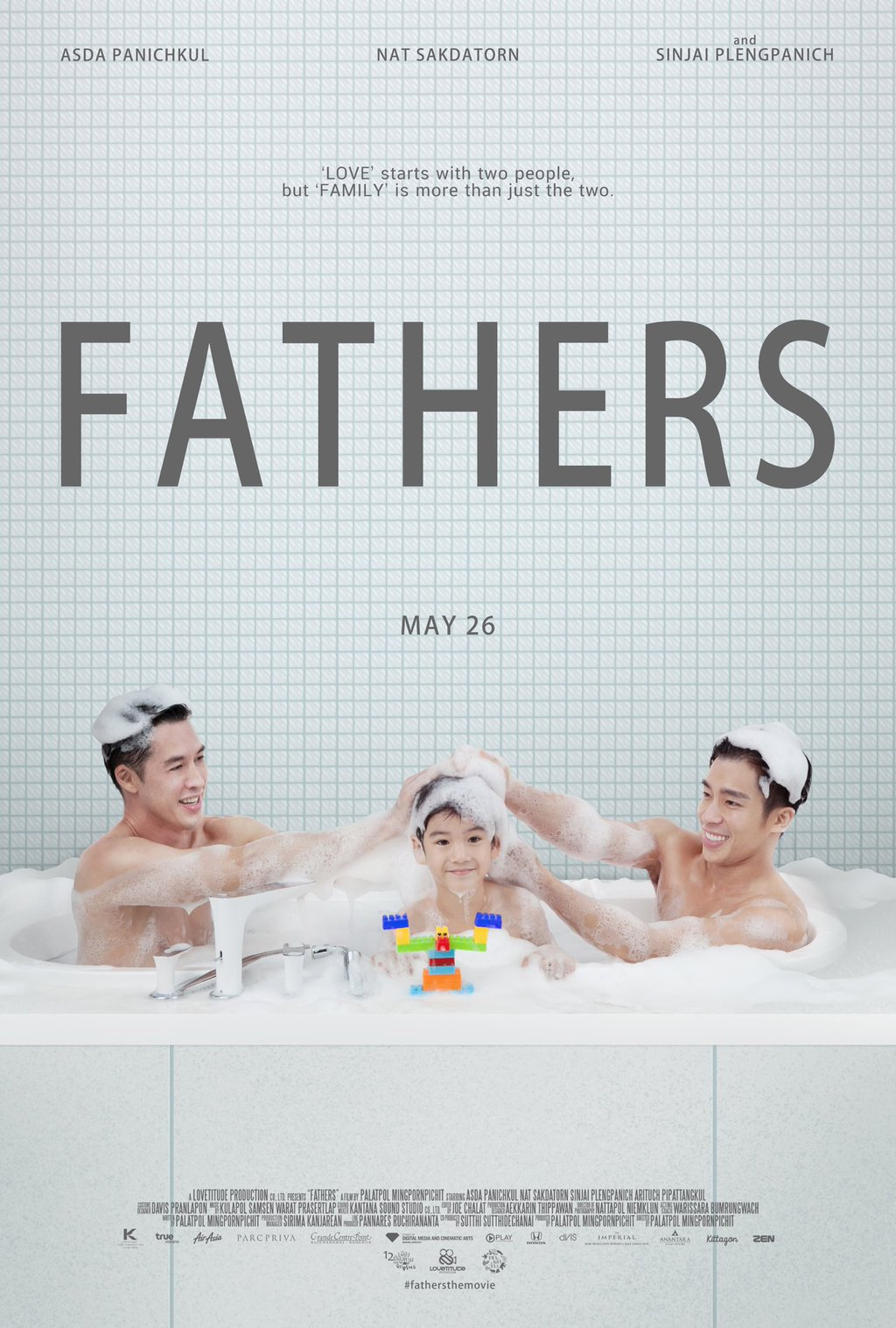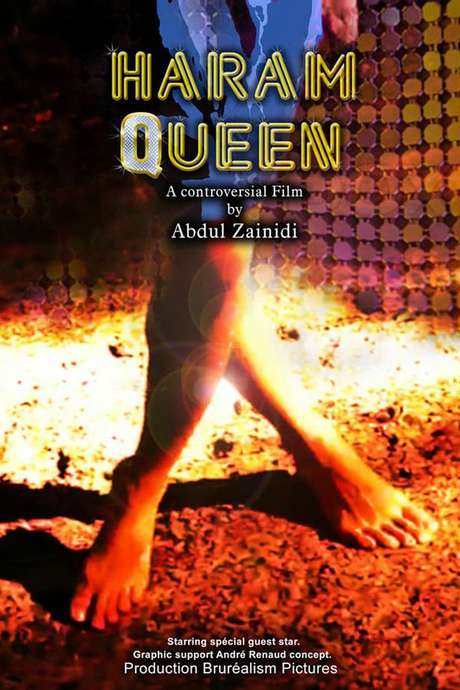During this period, queer topics were largely undiscussed or considered taboo in Southeast Asia. Queer people were largely seen as the “other”, fated to be hidden, condemned, or treated as comic relief. This is reflected by some of the films during that time. The 1970 Filipino film Tubog Sa Ginto (translates to “Dipped in Gold”) depicts a wealthy businessman who tries to hide his homosexuality from the public. The 1971 Indonesian film Jang Djatuh Di Kaki Lelaki (roughly translates to “The one who falls at a man’s feet”) showcases “abnormal” sexual behaviours, equating a lesbian relationship with sadism and serial affairs.

Tubog Sa Ginto
Dipped in Gold
Country: The Philippines

Jang Djatuh Di Kaki Lelaki
The one who falls at a man’s feet
Country: Indonesia

